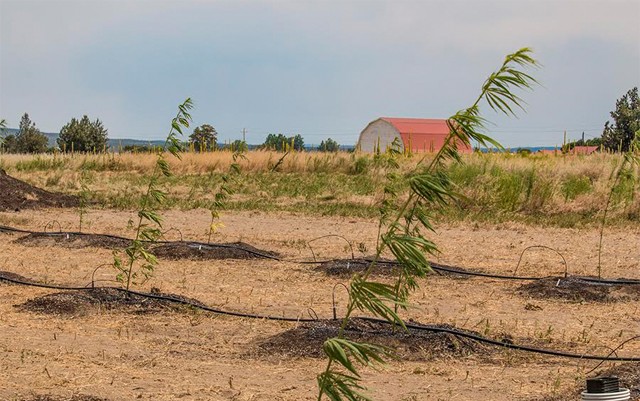Source: marijuanatimes.org

Australia is manufacturing plastics made from hemp and China is following suit. Based on the positive reactions, it’s starting to look like hemp could be the answer to the global plastic pollution problem.
Why Can’t the Plastics of Today be Made Biodegradable?
Because synthetic plastic, made from polypropylene, has a man-made carbon to carbon bond, nature does not recognize this material as a natural source that needs to be broken down. Herein lays the problem. Change the chemical balance of synthetic plastic and the usefulness of a plastic product is limited to a few months. A carbon-carbon linkage is necessary for durability and longevity.
Creating Plastic from Hemp
Hemp is a plant that contains natural cellulose and was an important factor in the discovery of the first man-made plastic in 1862. By 1892, chemical components were found to be a major breakthrough with the production of rayon fibers. Man-made chemical cellulose replaced hemp as a better alternative. If the research of cellulose-based resins from plant polymers had continued, researchers would have discovered that the biodegradable properties provided by the natural binders in hemp, far outweighed the pollution that we face today.
The cellulose from hemp is rated at 60-70%, which is near perfect for making a different range of plastics, including rayon, celluloid and cellophane. Compared to oil-based Polypropylene (PP), hemp plastic is 150% stronger in tensile and 250% better in rigidity. The light weight and powerful structure makes it a great choice for the plastics industry.
Hemp Completes the Cycle
Man-made synthetics have been a powerful tool in our society. However, the research, discovery and conclusion of disposing of unnatural matter, was never followed through. Nature follows a specific path for providing the nutrients to take care of man and then to biodegrade after use. Today, scientists are taking up the study that was abandoned in the 19th century and discovering that hemp provides the perfect cycle for short-term and long-term biodegradable plastics.
SOURCES:
No comments:
Post a Comment